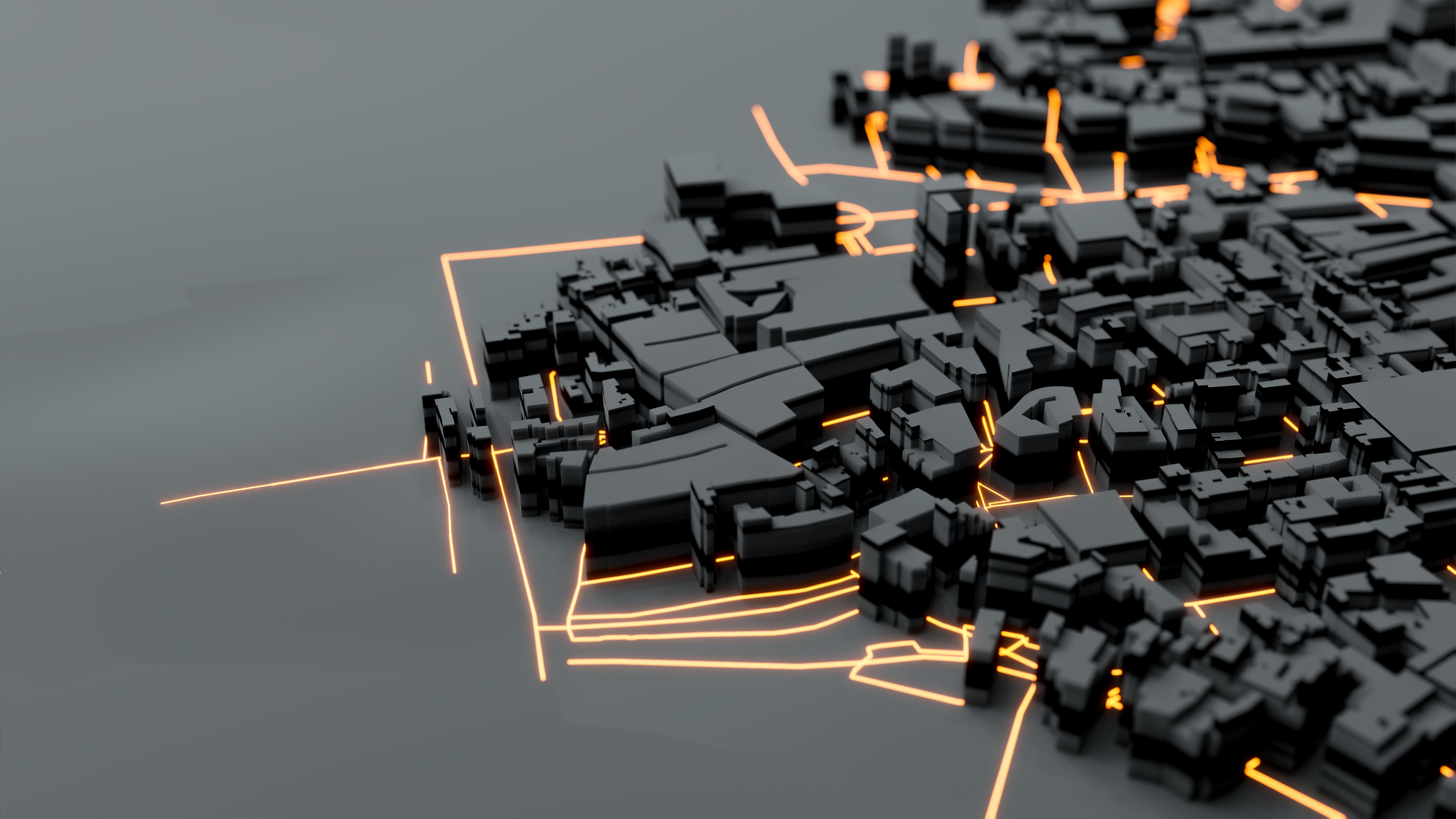
by Jose Lanuza, CEO, Weave Collaboration Partners
In observing the development of the digital twin within the AEC industry, I realize how, over the past few years, it has moved from an interesting concept to something that is reshaping how we deliver, operate and even think about our projects. Our work in the industry has given us a closer look at how quickly this shift is happening and how companies like Weave can help teams take advantage of this digital transformation.
For me, digital twins feel like a natural evolution of the BIM journey we have all been on. We have spent years improving our models, coordinating more accurately and relying on data instead of documents. The digital twin simply carries that logic forward. Instead of a model that freezes at handover, we now have a dynamic, continuously updated representation of a built asset. It connects design to construction, and construction to operations, in a way that feels seamless.
This was particularly evident in a recent digital twin summit I attended earlier this month. What I found most encouraging is how digital twins are changing the industry for the better, particularly when it comes to resource efficiencies. I have seen project teams cut down rework dramatically thanks to real-time model updates linked to on-site progress data.
Commissioning processes in this way makes project delivery faster and more predictable because information is no scattered across spreadsheets and handover folders. Clients are making operational decisions earlier and with greater confidence because they can “test-drive” their building long before anyone turns on the lights.
These improvements do not just save money; they reduce stress, confusion and waste across every stage of a project.
Increasingly, the question is not why adopt digital twins, but how to do it effectively.
Levels of digital maturing
Not only is technology rapidly maturing, but our own maturing levels are increasing as the digital twin becomes more common place. Digital twin software platforms from the likes of Bentley Systems and Autodesk are becoming stronger and more integrated, but success still depends on people and process.
What teams really need is guidance: how to structure data from day one, how to connect models with field information, how to align expectations between designers, contractors and operators, and how to build a roadmap that suits their organization’s needs rather than overwhelming them with features.
At Weave we can demystify this process. Not everyone needs the most advanced, fully automated twin from the outset. Often, the biggest wins come from simple steps: improving model consistency, helping clients define what “twin-ready” means for their assets, or setting up workflows that allow construction and operations teams to share information more smoothly. By supporting clients through these early stages, we can help them build the confidence and capability to scale up.
Another area where we can add real value is upskilling. The industry is evolving quickly and even experienced professionals can feel unsure about where they fit in a more digital environment. I have seen firsthand how practical training, built around real projects rather than abstract theory, can transform someone’s comfort level with these tools. When people understand the tangible benefits, from streamlining inspections to forecasting maintenance, engagement rises naturally.
There’s also a cultural shift we can help drive. Digital twins thrive when collaboration is strong, designers thinking about operational outcomes, contractors capturing accurate as-built information, clients articulating long-term performance goals. By promoting more integrated ways of working, we help teams get more out of the technology than they ever could in isolation.
What excites me most is the direction the industry is taking. Digital twins are pushing us toward smarter use of resources, more predictable programmes and more sustainable outcomes. They allow us to make decisions based on evidence and real time data, not assumptions.
Looking ahead, I believe the companies that succeed will not simply be the most technologically advanced, they will be the ones that know how to support people through change. If we can continue to help clients and project teams adopt digital twins in a way that is practical, scalable and aligned with their real-world challenges, then we are not just keeping pace with the industry’s evolution, we are helping shape a more efficient, more resilient and ultimately more intelligent future for construction.
To understand more on how to integrate digital twin technologies into your projects contact us for a free consultation.